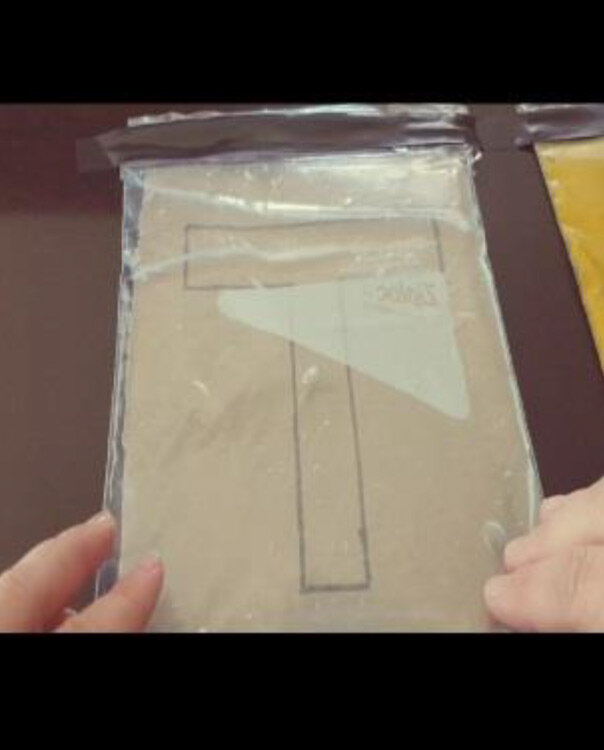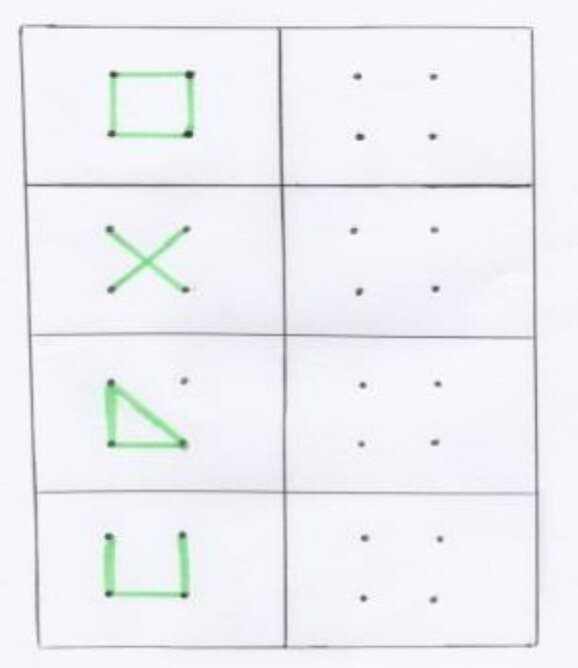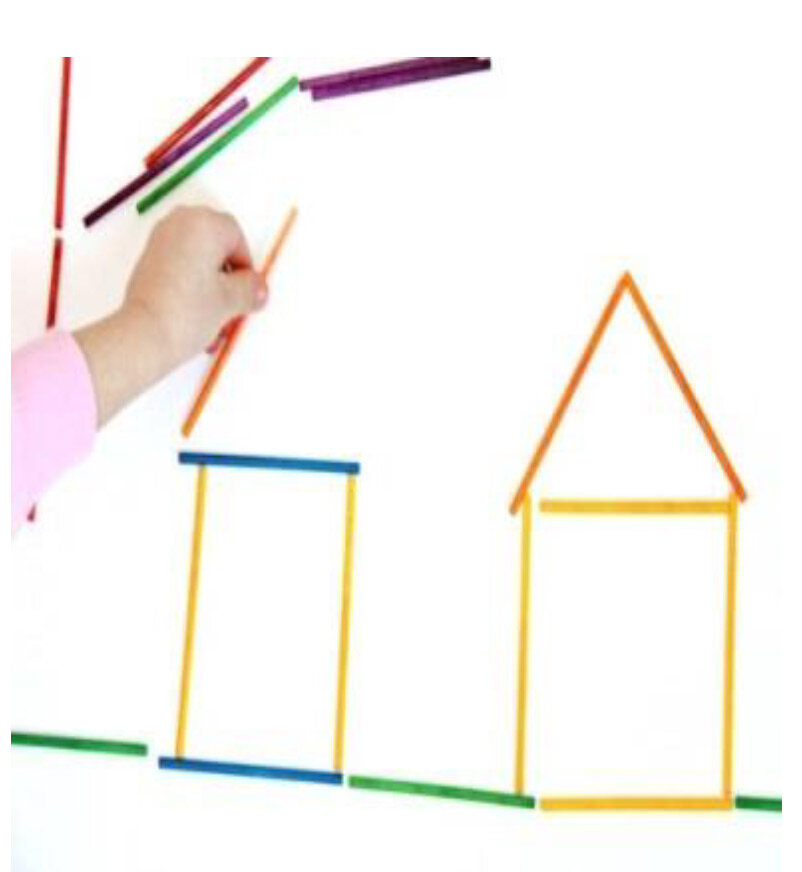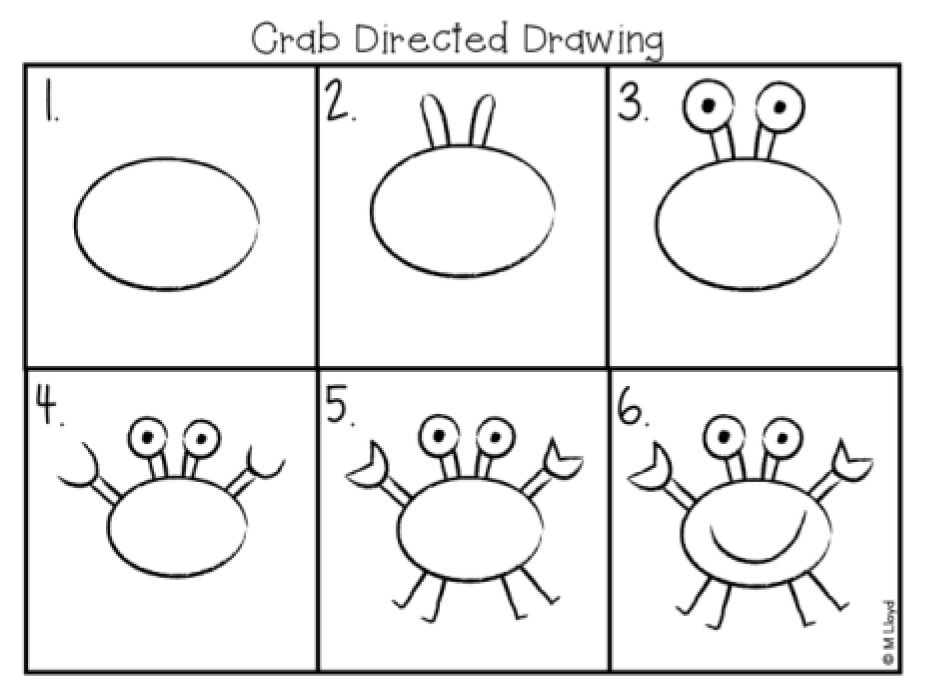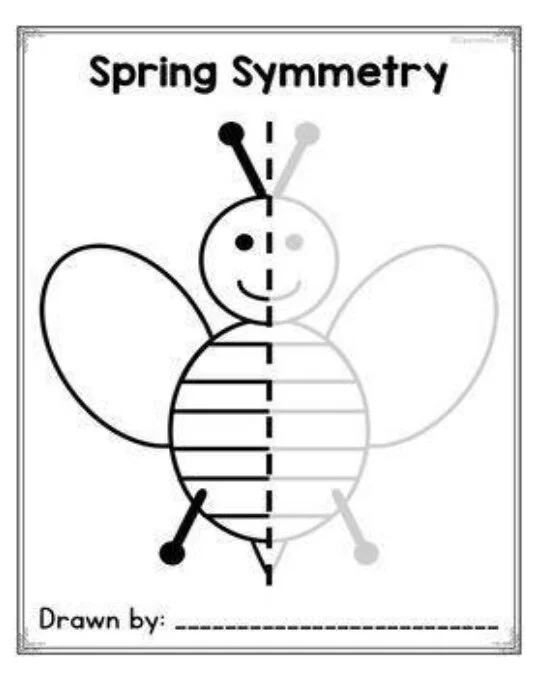Occupational Therapy Handout: Visual Integration Skills
Visual Perceptual Skills
The brain’s ability to make sense of what our eyes see.
Visual Motor Skills
Coordination of visual perceptual abilities and fine motor control. Using our eyes and hands together in a coordinated way.
Visual integration is what happens when these visual skills work together. This is an important building block for fine and gross motor skill development.
Activities and strategies to help build these skills:
Games that encourage diagonal awareness such as Tic-Tac-Toe, Connect Four, Checkers, and Bingo.
Construct simple to more complex origami figures.
Play flashlight tag by shining a flashlight on the wall/ceiling and moving it up and down, left and right, and so on. Have your child try to “catch it” with their light.
Tracing: trace over pre-drawn shapes, letters or numbers; around stencils.
Draw shapes using a stick, Q-tip or your pointer finger, in a thin layer of salt or sand that has been poured into a shoebox lid or tray. You can also trace through a sealable bag filled with gel. (Place the tracing letter under the bag, and your child follows the lines, tracing through gel). This adds to the sensory experience and learning happens in a fun way!
The developmental sequence of printing starts with: the ability to draw horizontal and vertical lines; then diagonal lines; then curves and connecting lines together. Have your child practice drawing lines in all directions, as well as large curves before they practice letters or shapes (which requires then connecting lines and curves).
Teach directionality in drawing and pre-printing practice: always draw from top to bottom and from left to right, for printing readiness.
Use visual cues for directional drawing: use dots or stickers to guide drawing. Example: start drawing at the green sticker, stop at red sticker.
Highlighted lines or boxes: use to encourage drawing, printing within a designated space, for sizing and spatial awareness.
Visual Memory game: place several pictures out on the table or floor (cut out from a magazine, or from a game, etc.); ask your child to look at them all; then look away as you secretly take one picture away; then ask your child to look again, and identify which picture is missing. This can be done with items/toys in the house as well.
Hidden pictures games in books such as “Where’s Waldo”.
Dot-to-dot worksheets
Draw on a larger space like a large piece of paper on the floor or wall, or on the sidewalk with chalk- so the motor pattern involved in making the letters, shapes is retained more through the extra physical work.
Puzzles
Playing card games such as “Memory”.
Matching games: colors, shapes, objects, pictures, letters, etc.
Make shapes/letters/pictures using popsicle sticks, toothpicks, straws, playdough. Forming the shapes helps with motor planning for printing and drawing practice.
Construction-type activities such as Duplo, Lego or other building blocks. Encourage copying a 3D design model.
Word search puzzles that require you to look for a series of letters in sequence. Sequencing is very important for visual integration skills.
Identify objects by touch: Place foam, plastic or home-made letters into a bag, or objects with a simple shape (circle, square, triangle), and have your child reach in and find the object you ask for by “touch and feel”. This helps with additional shape recognition.
Play beanbag toss/target games: toss beanbags into buckets, inside hoola -hoops or onto other marked area on the floor. At home, use rolled up socks and throw into baskets. Gross motor games that require eye-hand coordination enhance visual motor skills.
Mazes- tracing a path in a maze is great visual motor practice
Sorting objects according to size, color, texture, or shape.
Find or create worksheets with several shapes/pictures/letters scattered around the page. Ask your child to “find all the triangles and circle them”, “find and circle all the letter “A”s”, and so on. (These worksheets can be found on the internet for ideas)
Guided/Directed drawing: assist your child with completing a drawing by doing one step at a time. They can imitate by watching you draw, or copy a sample that’s been pre-drawn.
Drawing is learned in sequence: imitation- copying- imaginative.
Symmetry Picture Drawing : one side of a picture is drawn; your child completes the picture by drawing the other side.
HAVE FUN!!!
Information Provided by: TK, Occupational Therapist

